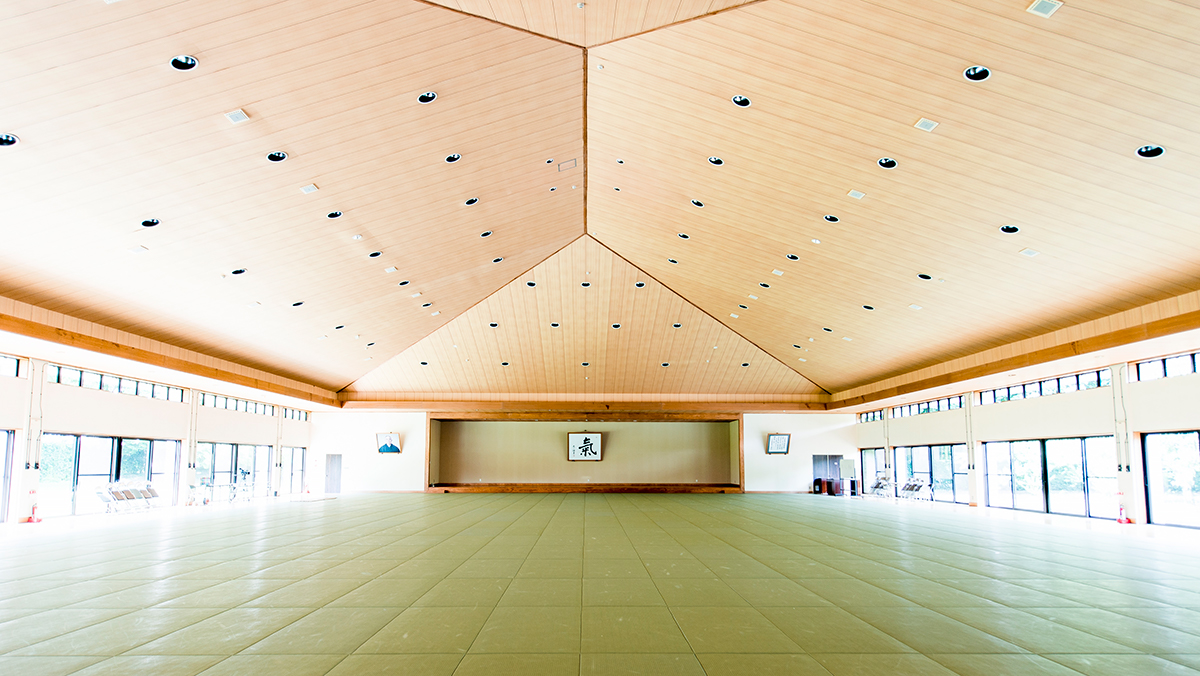I’m going to talk you as an instructor.
Recently, I saw a TV program about the training of a soccer club for kids.
In the game, a boy fell down on the ground and injured his ankle. At that time, the coach of the soccer club spoke to him anxiously:
“Injuries come with playing soccer.”
Of course the coach wanted to encourage the boy, but there is some problem in what he said.
What do you think of it?
Please think before you go on.
・・・・・
・・・・・
・・・・・
The first thing is, it is not natural to be injured.
Even though other players may be careless, if you extend Ki while playing soccer, you can foresee the danger, and react in time to avoid injury. In this way, if Ki is extending, you will never be injured by accident.
And if you should be injured, then your important task is to think if you used your mind and body correctly, and what you could have done to avoid injury.
From the beginning, instructors are responsible not to allow a student to be injured.
There is a problem here that comes from the subconscious mind.
If the coach says to the boy, “Injuries come with playing soccer”, he will imagine himself injured unconsciously, and he will really have a serious injury someday.
That’s very terrible, isn’t it?
Koichi Tohei sensei teaches us hints, strictly for leaders:
”Instructors are responsible if anyone is injured in their class.”
If the instructor extends Ki, he can take care of everything.
He will be able to notice if there is a problem, because Ki is extending.
For example, he may notice a person moving unnaturally.
This person who moves unnaturally may hurt themselves or others if they keep training in this way. This is not always because of the person’s physical problem, but the movement was simply a bad habit.
The most important point here is to notice each student’s movement and understand their condition.
In order for this to happen, the instructor must be extending Ki.
If Ki is extended, then the instructor will see when there is danger. For instance, someone may lose concentration because of bad health, or be training at a short ma-ai (proper distance) each other.
The first time I was taught by Koichi Tohei Sensei about how to teach, he repeated only two things for two hours again and again; 1) How to chant KI SAYINGS, and 2) How to count while doing calisthenics.
Koichi Tohei Sensei feels that the beginning of the training session is the most important.
To approach the training session while extending Ki is the one of the most important points of teaching, don’t you think?
For all of instructors and other members, please practice while extending Ki.
The Instructor’s Responsibility

